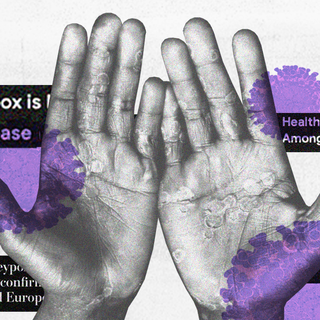The politics of Hindutva are played out along every conceivable frontier of social life: food, housing, love, and as recent events have shown, names. The Konaseema district in Andhra Pradesh saw protestors set fire to Ministers’ houses over the proposed renaming of the location to Dr. B.R. Ambedkar Konaseema. The Konaseema Sadhana Samiti, a local organization, reportedly took issue with the naming.
Konaseema is a new district that was formed out of the East Godavari region recently, when the ruling government in Andhra Pradesh announced 13 new districts. Pinipe Viswarupu, the Amalapuram MLA, hailed the proposal to rename the Konaseema district after Ambedkar as a victory for Dalit communities. Amalapuram is a Scheduled Caste (SC) reserved constituency — and it was Viswarupu’s house that the mob subsequently protesting the rename set fire to.
“The local people and all political parties demanded the Konaseema district be renamed as Ambedkar Konaseema district… It is painful to oppose the naming of a district after such a great man,” AP Home Minister Taneti Vanitha told ANI.
Notably, other districts in Andhra Pradesh that were newly formed were named after real life personalities: NTR (after N.T Rama Rao, the former Chief Minister of the state), Sri Sathya Sai district, and the Annamayya district, to name a few. No violence or protests were reported in these regions. Not only are these personalities from dominant castes in the region, they have also been complicit in caste violence.
N.T Rama Rao’s tenure as Chief Minister saw one of the bloodiest caste-based massacres in the state’s history in Karamchedu — and many pointed out the Chief Minister’s silence in the aftermath of the violence carried out by members of his own caste group. Sathya Sai, moreover, is named after Satha Sai Baba, a self-styled Hindu god man who justified the varna system’s legitimacy.
Related on The Swaddle:
How Tollywood’s Two ‘Rival’ Castes Work Together to Maintain Political, Industry Power
That a district named after a pioneering Dalit intellectual and architect of the Constitution should be the only one to see backlash strengthens the case for asserting identity in public spaces. It signals that the politics of naming is one that shapes the national imagination itself — and that any aspect of public space that challenges the desired Hindutva status quo is met with violent manifestations of caste anxiety.
The incident also shows how caste erasure is as much a part of the Hindutva project as Islamophobia is. The recent spate of renaming in the country has involved localities named after Muslim figures in history, with many bidding to change them to Hindu names. Firozabad was one such district in Uttar Pradesh, where the government proposed changing the name to “Chandra Nagar.” There have been stirrings of renaming Ahmedabad to “Karnavati” too.
But the Konaseema story throws light on another aspect of the issue. When Islamic names and figures are erased, it is to present the idea of a Hindu majority — but one that is upper caste. But this majority may, by many accounts, be a mythical one — indeed, resistance to a caste census is rooted in the fact that it would bring to light a Bahujan majority and an upper caste minority. In the Hindutva vision of India, caste is essential — and erasure of anti-caste icons like Ambedkar are key to maintaining it. As Bhanwar Meghwanshi points out in I Could Not Be Hindu, it is the very essence of Hindutva to maintaining a rigid hierarchy that keeps any real power concentrated within the upper caste minority.
The erasure of Ambedkar, in particular, coincides with a longer history of casteist narratives about him. Unnamati Syama Sundar’s No Laughing Matter: The Ambedkar Cartoons depicts English political cartoons about Ambedkar between 1932 and 1956 — portraying him in a mocking light, undermining his masculinity, and questioning his competence. The cartoons and the fires raging over Amalapuram over his name alone share common roots: a deep-seated fear of anti-caste politics because of how it might threaten the vision of India under Hindutva.




